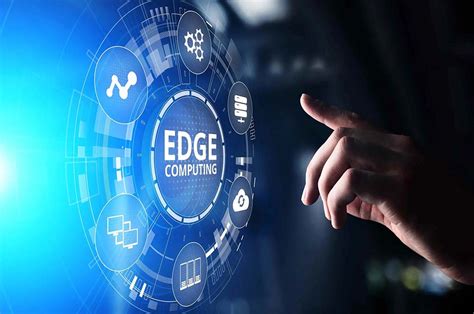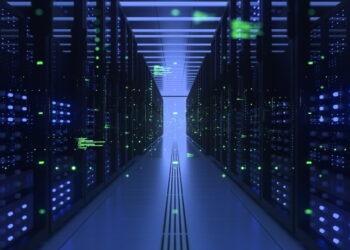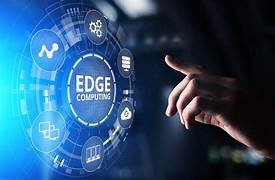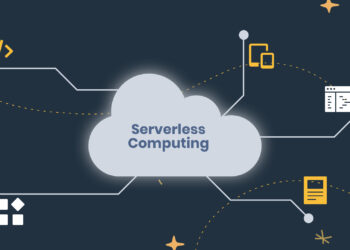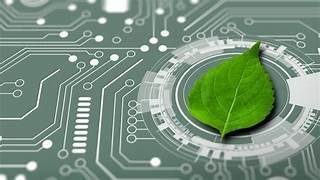In the sprawling digital landscape of the 21st century, a quiet but monumental revolution is underway. For decades, the narrative has been one of centralization, with data from across the globe flowing into massive, powerful cloud data centers for processing and storage. This model built empires and powered the modern internet. However, the very success of this paradigm has created its limitations. We are now generating data at a pace so ferocious that the cloud-centric model is beginning to strain under the pressure. The solution is not to build bigger clouds, but to fundamentally rethink where computation happens. This is the dawn of edge computing, a transformative shift that is moving processing power from the centralized core to the network’s periphery, closer to where data is born and actions are taken.
This isn’t just a niche technical adjustment; it’s a global explosion in a new form of computing, driven by necessity and enabled by innovation. From bustling smart cities and automated factories to connected cars and intelligent healthcare devices, edge processing is rapidly becoming the foundational pillar of the next generation of digital services. It promises a future of instantaneous response, enhanced security, and true operational autonomy. This article delves deep into the world of edge computing, exploring the forces driving its global adoption, its intricate architecture, its real-world applications, the challenges it faces, and the spectacular future it is set to unlock.
The Core Drivers: Why the Edge is Exploding Now
The global surge in edge computing isn’t a random occurrence. It’s a direct response to several converging technological and business pressures that the traditional cloud model is ill-equipped to handle. Understanding these drivers is key to grasping the sheer scale and importance of this shift.
A. The Unstoppable Tsunami of Data The primary catalyst is the exponential growth of data, largely generated by the Internet of Things (IoT). Every second, billions of devices—from industrial sensors and security cameras to smart home appliances and wearable fitness trackers—are creating a relentless stream of information. A single autonomous vehicle can generate terabytes of data per day. A modern factory floor is a symphony of sensors monitoring temperature, vibration, and output. Sending this colossal volume of raw data to a distant cloud server for processing is not only inefficient but often economically and practically unfeasible. Edge computing addresses this by processing data locally, filtering out the noise, and only sending essential summaries or critical alerts to the cloud. This significantly reduces bandwidth consumption and associated costs.
B. The Critical Quest for Low Latency Latency, the delay between a data input and a system’s response, is the arch-nemesis of real-time applications. For many emerging technologies, even a delay of a few hundred milliseconds can be catastrophic. Consider an autonomous car’s braking system; it needs to react instantaneously to an obstacle, not after a round trip to a data center hundreds of miles away. Similarly, a surgeon using an AR overlay for guidance needs the visual information to be perfectly synchronized with their movements. Industrial robots on a high-speed assembly line cannot afford a communication lag. Edge computing solves the latency problem by performing critical computations directly on or near the device, reducing response times to a few milliseconds.
C. Enhancing Security, Privacy, and Compliance Data is the new gold, and protecting it is paramount. Transmitting sensitive data across the internet to the cloud introduces inherent security risks; it’s a longer journey with more potential points of interception. By processing data at the edge, sensitive information can be kept within a secure local network. For example, facial recognition data from a security camera can be processed on-site to identify authorized personnel without ever sending raw video footage over the public internet. This local approach also simplifies compliance with data sovereignty regulations like GDPR, which mandate that citizens’ data must be stored and processed within specific geographical boundaries.
D. The Demand for Autonomous and Reliable Operations What happens to a smart factory or a remote oil rig when its internet connection goes down? In a cloud-dependent model, operations could grind to a halt. Edge computing provides a vital layer of resilience and autonomy. Because the processing intelligence is located on-site, critical functions can continue to operate independently of a stable cloud connection. The edge node can continue to manage machinery, monitor safety protocols, and collect data, syncing back with the cloud once the connection is restored. This “offline” capability is essential for mission-critical applications in remote locations or environments with unreliable connectivity.
The Architecture of the Edge: A New Computing Topology
To appreciate its power, it’s important to understand how edge computing is structured. It’s not a single product but a layered architecture that works in concert with the cloud, creating a more balanced and efficient computing continuum.
A. Edge Devices: The Front Line of Data This is the very “edge” of the network. These are the devices that generate or collect the data. They range from simple sensors with minimal processing power to sophisticated devices with significant computational capabilities. Examples include IoT sensors, smartphones, smart cameras, point-of-sale systems, and even vehicles. Increasingly, these devices are being equipped with specialized AI chips (like TPUs and NPUs) that allow them to run machine learning models directly, a concept known as Edge AI or TinyML.
B. The Edge Gateway or Server: The Local Hub Often, individual edge devices don’t have enough power to perform all the necessary computations. This is where edge gateways or local servers come in. These are more powerful computing devices located physically close to the edge devices, such as on a factory floor, in a retail store’s back room, or within a 5G network tower. This layer aggregates data from multiple devices, performs more complex pre-processing and analytics, and makes immediate, localized decisions. It acts as an intelligent intermediary, filtering, securing, and managing the data flow between the edge devices and the broader network.
C. The Evolving Role of the Cloud Edge computing does not replace the cloud; it complements it. The cloud’s role evolves from being the sole brain of the operation to serving as a central hub for tasks that are not time-sensitive. The cloud is the ideal place for heavy-duty, long-term processing, such as training complex AI models on massive aggregated datasets, performing big data analytics to identify long-term trends, and providing centralized device management and long-term data archival. This creates a powerful hybrid model: the edge handles the “now,” while the cloud handles the “big picture.”
Real-World Applications Transforming Industries
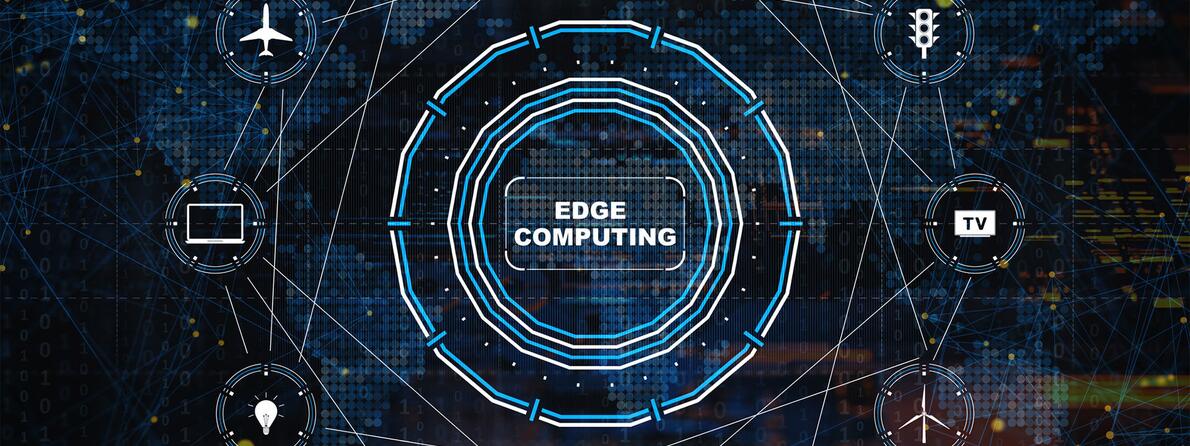
The true impact of edge computing is seen in its diverse and rapidly expanding applications across nearly every major industry. It is the invisible engine powering a new wave of innovation.
A. Industrial Manufacturing and IIoT In the Industrial Internet of Things (IIoT), edge computing is a game-changer. On-device sensors with edge processing can monitor machinery for subtle changes in vibration or temperature, predicting mechanical failures before they happen (predictive maintenance). AI-powered cameras on the assembly line can perform real-time quality control, spotting microscopic defects that a human eye might miss, all without network latency.
B. Smart Cities and Public Infrastructure Edge computing is the backbone of a truly responsive smart city. Intelligent traffic lights can process live video feeds locally to optimize traffic flow and reduce congestion. Smart grids use edge nodes to monitor energy consumption and demand in real-time, rerouting power to prevent outages. Public safety is enhanced by cameras that can identify security threats or accidents locally and dispatch emergency services instantly, without waiting for a command from a central control room.
C. Healthcare’s Intelligent Future In healthcare, the edge is saving lives. Wearable patient monitors can analyze vital signs like ECG and blood oxygen levels in real-time, using on-device AI to alert medical staff to potential crises before they escalate. In hospitals, edge servers track the location and status of critical equipment, while AR headsets powered by edge processing can overlay patient data for a surgeon during a complex procedure, providing vital information with zero lag.
D. Revolutionizing Retail and Customer Experience Retailers are using edge computing to merge the digital and physical shopping worlds. In-store cameras and sensors can analyze foot traffic patterns and customer behavior—anonymously and securely on-site—to optimize store layouts and product placement. Smart shelves can track inventory in real-time. Edge-powered applications can deliver personalized promotions to a customer’s phone as they walk down an aisle, creating a highly interactive and customized shopping experience.
E. The Autonomous Vehicle Ecosystem Perhaps the most cited example, autonomous vehicles are essentially data centers on wheels. A self-driving car must make hundreds of critical decisions every second based on data from its LiDAR, radar, and cameras. Relying on the cloud for this is a non-starter; the latency would be fatal. All critical processing—from object detection and path planning to emergency braking—happens on powerful computers inside the vehicle, representing the ultimate application of mission-critical edge computing.
F. Telecommunications and the 5G Symbiosis Edge computing and 5G are intrinsically linked. 5G provides the ultra-fast, low-latency, high-bandwidth wireless connectivity that edge applications need to thrive. In turn, edge computing gives 5G its purpose. Telecom providers are building “Multi-access Edge Computing” (MEC) sites by placing small-scale data centers at the base of their 5G towers. This allows them to offer powerful, low-latency computing services directly to mobile users and nearby businesses, unlocking new revenue streams for everything from cloud gaming to connected drones.
Navigating the Challenges on the Edge Horizon
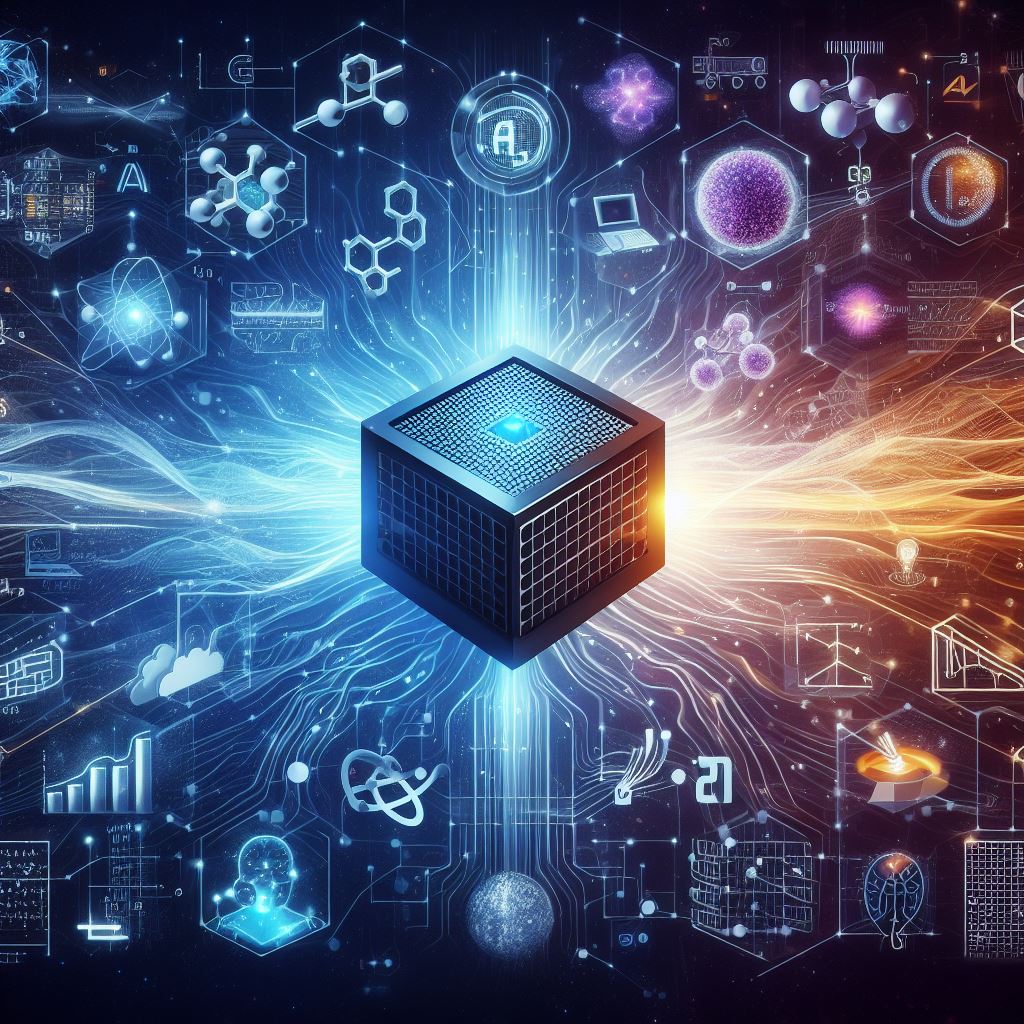
Despite its immense potential, the widespread adoption of edge computing is not without its hurdles. These are significant technical and logistical challenges that organizations must address as they move to a more distributed architecture.
A. The Complexity of Security While the edge can enhance data privacy, it also creates a new set of security challenges. A centralized cloud has a single, heavily fortified perimeter. An edge architecture, by contrast, can consist of thousands or even millions of distributed devices, dramatically expanding the potential attack surface. Each edge node is a potential entry point for malicious actors. Securing this distributed network requires a “zero-trust” approach, robust device lifecycle management, secure boot processes, and sophisticated monitoring to detect and neutralize threats at the periphery.
B. Management and Orchestration at Scale Managing a handful of servers in a data center is a well-understood problem. Managing a distributed fleet of thousands of heterogeneous edge devices deployed across different geographical locations is exponentially more complex. How do you deploy software updates, apply security patches, monitor the health, and manage the configurations of this vast and varied fleet? This requires new, sophisticated orchestration platforms that can automate these tasks at scale, ensuring the entire distributed system remains healthy, secure, and up-to-date.
C. Navigating a Fragmented Ecosystem The edge computing market is still in its relative infancy, and with that comes a lack of universal standards. Different hardware vendors, cloud providers, and software companies are all promoting their own proprietary platforms and APIs. This fragmentation can lead to vendor lock-in and create interoperability challenges, making it difficult to build a cohesive edge solution that leverages components from multiple providers.
The Future is on the Edge: What Lies Ahead
Looking toward the horizon, the trajectory of edge computing is set to converge with other transformative technologies, creating a future that is more intelligent, autonomous, and seamlessly connected.
A. The Ascent of Edge AI and TinyML The next frontier is running increasingly sophisticated Artificial Intelligence models directly on resource-constrained edge devices. This field, known as Edge AI or TinyML (Tiny Machine Learning), will enable a new class of intelligent devices that can see, hear, and understand their environment without needing to connect to the cloud. Imagine smart earbuds that can translate languages in real-time or medical sensors that can diagnose conditions from complex biometric data.
B. Convergence with 5G, 6G, and Beyond The synergy between edge and wireless connectivity will only deepen. As 5G matures and we begin to look toward 6G, the network itself will become an even more powerful compute fabric. The distinction between networking and computing will blur, creating a distributed continuum of intelligence from the device all the way to the cloud.
C. A Foundation for a Decentralized World Edge computing aligns naturally with the principles of decentralized technologies like blockchain and Web3. By enabling local processing and peer-to-peer data exchange, the edge can provide the infrastructure needed for decentralized applications (dApps), secure digital identities, and trusted data marketplaces to function efficiently and securely at scale.
Embracing the Distributed Paradigm
The global explosion of edge processing is not a mere trend; it is a fundamental and necessary evolution in computing architecture. It marks a decisive shift away from a purely centralized model to a more balanced, resilient, and intelligent distributed paradigm. Driven by the relentless growth of data, the insatiable demand for real-time responsiveness, and the critical need for security and autonomy, edge computing is refactoring our digital world from the ground up. It is the silent force enabling the factories, cities, vehicles, and experiences of tomorrow. The journey to the edge is complex and fraught with challenges, but the destination—a smarter, faster, and more secure connected world—makes it an inevitable and exciting frontier for global innovation.

